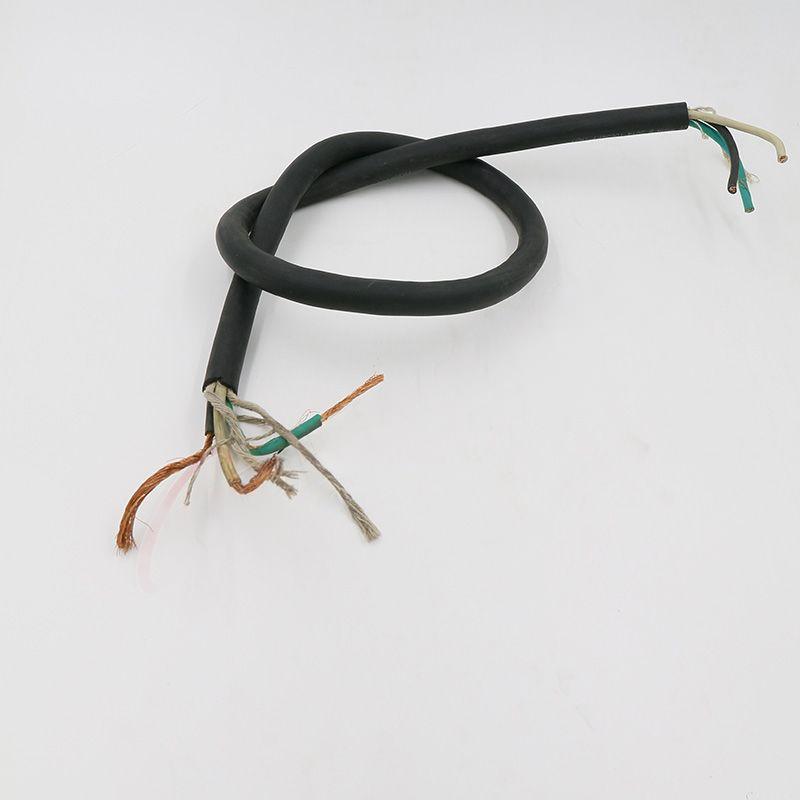Novemba . 06, 2024 12:08 Back to list
wafer and lugged butterfly valve
Wafer and Lugged Butterfly Valves An Overview
In the realm of fluid control systems, butterfly valves have carved out a significant niche due to their unique design and operational advantages. Two prevalent types of butterfly valves are wafer and lugged configurations, each catering to distinct installation and application requirements. Understanding the differences between these two types can help engineers and buyers make informed decisions.
Design and Construction
Butterfly valves operate with a circular disc that rotates around a pivot, allowing for flow regulation. In the case of wafer butterfly valves, the design features a slim body that fits between two pipe flanges. They are characterized by their lightweight construction and compactness, making them suitable for spaces where weight and space-saving are essential factors. Wafer valves are typically installed between the flanges of two pipes and do not have any additional structural support.
Conversely, lugged butterfly valves come with lugs or threaded pads on the body, which allows them to be bolted directly to the flanges of the piping system. This feature provides a distinct advantage unlike wafer valves, lugged valves can be disassembled without needing to remove the entire valve from the pipeline, thus facilitating easier maintenance and replacement. The lugs also allow for the installation of the valve in various configurations, including back-to-back installations.
Application Suitability
wafer and lugged butterfly valve

The choice between wafer and lugged butterfly valves often comes down to the specific application and the installation environment. Wafer butterfly valves are predominantly used in applications where space is limited and both upstream and downstream pipings are accessible for maintenance. They are common in industries such as HVAC, water treatment, and food processing, where leakage prevention and quick shut-off are crucial.
Lugged butterfly valves, on the other hand, are favored in systems that require regular maintenance, enabling easier access without disrupting the entire pipeline. They excel in scenarios like chemical processing plants and oil and gas facilities, where safety and reliability are paramount. Additionally, lugged valves can often handle higher pressure applications due to their robust design.
Performance and Efficiency
Both wafer and lugged butterfly valves can offer excellent flow characteristics and reduced pressure drops compared to traditional valve types. However, the selection of one over the other can influence overall system efficiency. Wafer valves can achieve better sealing and lower torque requirements, while lugged valves provide greater versatility and ease of maintenance.
Conclusion
In summary, the selection between wafer and lugged butterfly valves hinges on the specific requirements of your piping system, including space limitations, maintenance needs, and application demands. Understanding the distinct features and advantages of each type will aid engineers, system designers, and purchasers in selecting the most appropriate valve for their applications. Ultimately, both wafer and lugged butterfly valves serve to enhance fluid control efficiency, making them invaluable components across various industrial sectors.
Share
-
priming-a-pump-with-a-foot-valve-with-strainerNewsAug.23,2025
-
the-importance-of-a-y-strainer-in-pump-protectionNewsAug.23,2025
-
stainless-steel-ball-check-valve-for-high-purity-applicationsNewsAug.23,2025
-
common-applications-for-wafer-type-butterfly-valvesNewsAug.23,2025
-
seat-options-for-a-12-inch-knife-gate-valveNewsAug.23,2025
-
the-lifespan-of-a-typical-dismantling-jointNewsAug.23,2025


